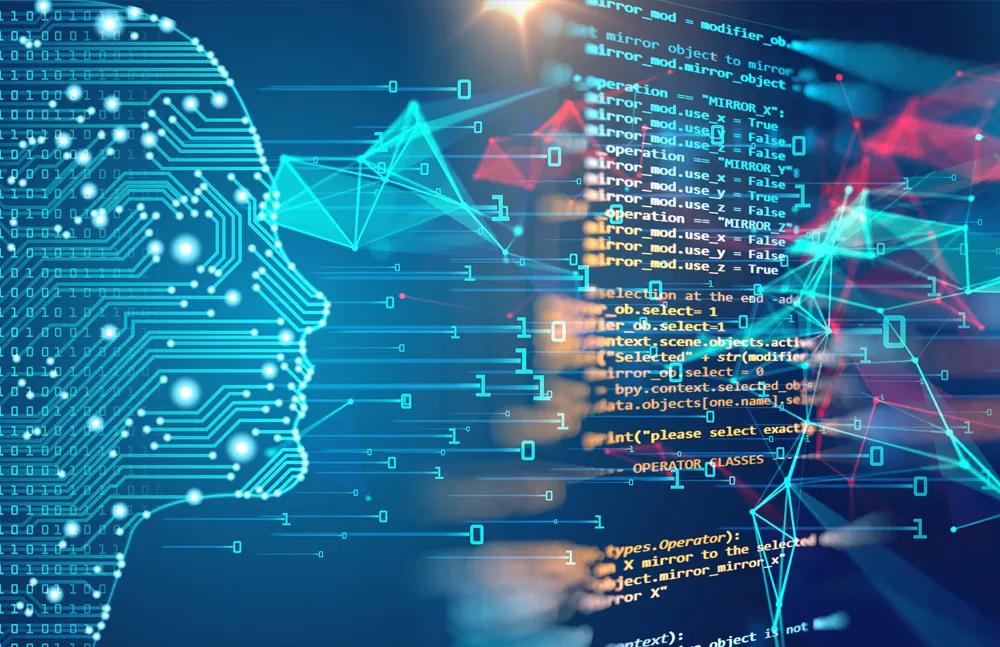2 percent of elderly people are affected by Parkinson’s — a debilitating neurodegenerative disease — but up to a quarter of cases are misdiagnosed¹.
As the Mayo Clinic writes, diagnosing Parkinson’s is no simple task². There’s no specific diagnostic test, and a trained neurologist needs to review a patient’s medical history, symptoms, and conduct a neurological and physical examination, using techniques like dopamine transporter scans, as well as blood tests and imaging tests to help rule out other disorders.
The difficulty in making a diagnosis is amplified in developing countries, which have fewer medical resources. As with many other disorders, undiagnosed and untreated cases of Parkinson’s have likely increased during this pandemic. Parkinson’s may even emerge as a third wave of the pandemic³.
Fortunately, there are faster, easier ways to diagnose Parkinson’s, that don’t really on intensive, in-person visits. Parkinson’s patients exhibit characteristic vocal features, and machine learning can be used to capture these characteristics, effectively screening potential patients.
#artificial-intelligence #machine-learning #medical #health #disease
